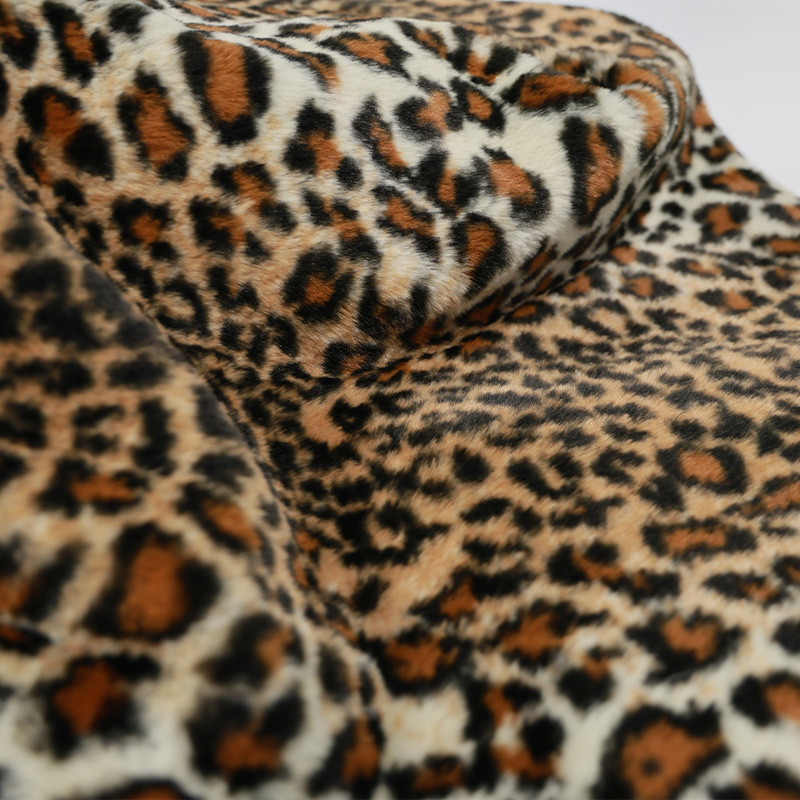











The faux rabbit fur industry has seen significant growth in recent years, driven by ethical considerations, cost-effectiveness, and the versatility of the material. However, like any industry, it faces several challenges that impact its market presence and consumer acceptance. This article provides an update on the current challenges faced by faux rabbit fur in the marketplace.

1. Consumer Perception and Trust
One of the primary challenges faced by faux rabbit fur is consumer perception and trust. Despite its many benefits, some consumers remain skeptical about the quality and authenticity of faux fur products. This skepticism often stems from past experiences with cheaper, lower-quality synthetic materials. To overcome this challenge, faux rabbit fur manufacturers must continue to invest in research and development, ensuring their products meet high standards of quality and realism. Additionally, clear communication and transparent marketing strategies can help build trust with consumers, highlighting the unique benefits of faux rabbit fur.
2. Competition from Genuine Fur
Competition from genuine fur remains a significant challenge for the faux rabbit fur industry. While ethical considerations are driving some consumers to choose faux fur, others still prefer the authenticity and luxury associated with genuine fur. Manufacturers of genuine fur have also invested heavily in promoting their products, creating a strong presence in the luxury fashion market. To compete effectively, faux rabbit fur manufacturers must continue to innovate, offering unique designs and styles that appeal to a broader audience.
3. Production Costs and Supply Chain Management
Managing production costs and supply chains is another challenge faced by faux rabbit fur manufacturers. The production of high-quality faux fur requires specialized equipment and materials, which can be costly. Additionally, supply chain disruptions, such as raw material shortages or logistical delays, can impact production timelines and increase costs. To mitigate these challenges, manufacturers must develop robust supply chain strategies, including diversification of suppliers and efficient inventory management.
4. Market Saturation and Consumer Fatigue
As the faux fur industry continues to grow, market saturation and consumer fatigue may become concerns. With an increasing number of faux fur products available, consumers may find it challenging to differentiate between options and may become overwhelmed by choices. To address this challenge, manufacturers must focus on creating unique and standout products that resonate with consumers' values and preferences. This may involve developing new textures, colors, or designs that set faux rabbit fur apart from the competition.
5. Regulatory and Legal Considerations
Regulatory and legal considerations also pose challenges for the faux rabbit fur industry. In some regions, there may be strict labeling requirements or restrictions on the use of certain materials. Manufacturers must stay informed about these regulations and ensure their products comply with all relevant laws and standards. Additionally, intellectual property issues, such as patent infringement or trademark disputes, can disrupt business operations and harm brand reputation. To avoid these pitfalls, manufacturers should invest in robust legal and compliance frameworks.
In conclusion, the faux rabbit fur industry faces several challenges in the marketplace, including consumer perception and trust, competition from genuine fur, production costs and supply chain management, market saturation and consumer fatigue, and regulatory and legal considerations. Overcoming these challenges requires a combination of innovation, clear communication, robust supply chain strategies, and compliance with relevant laws and standards. As the industry continues to evolve, manufacturers must remain agile and adaptable, responding to market trends and consumer preferences to maintain a competitive edge.